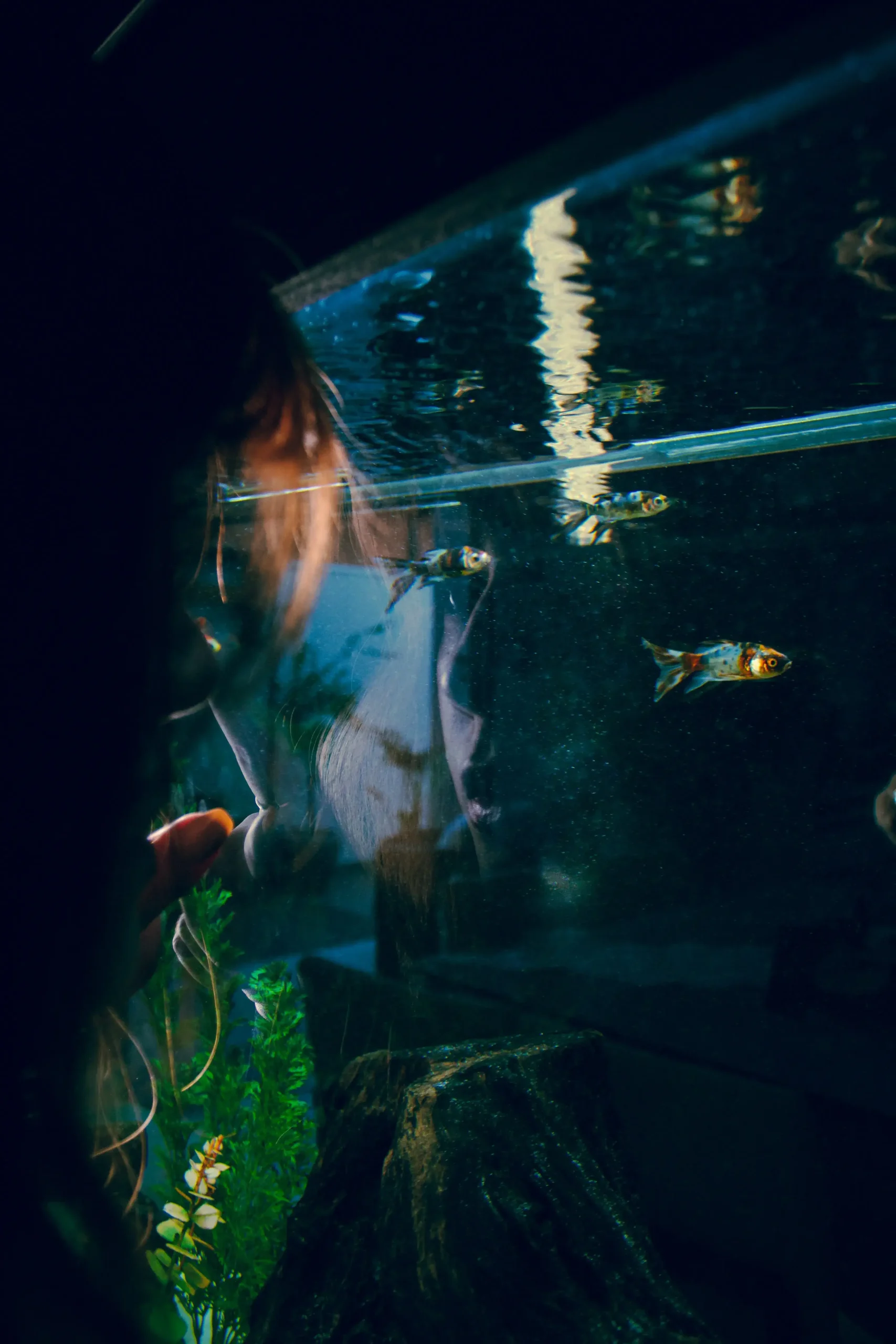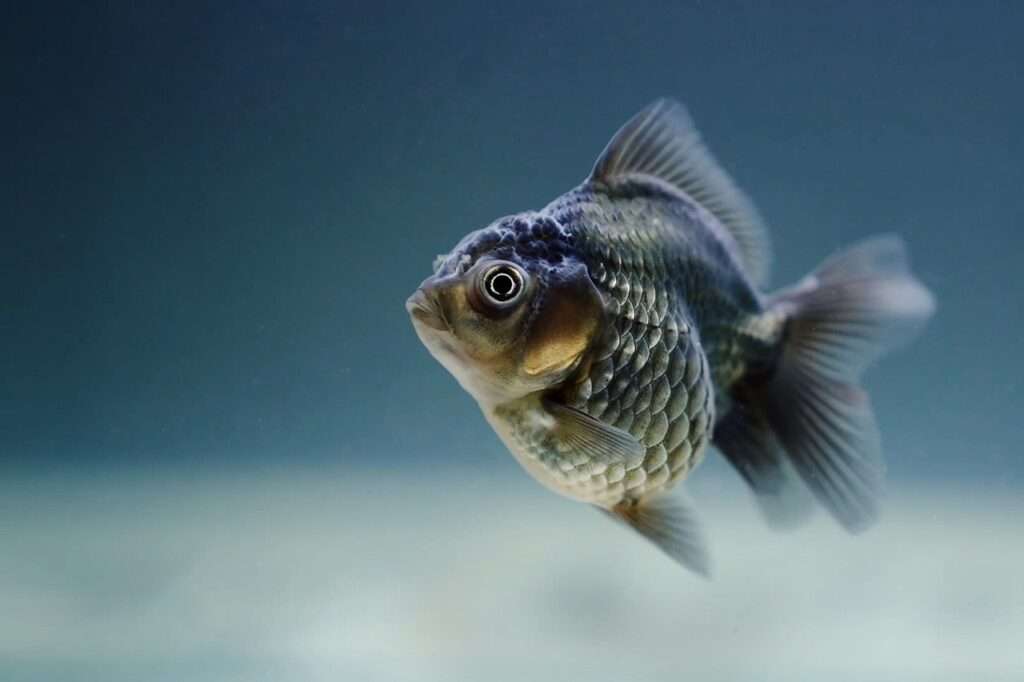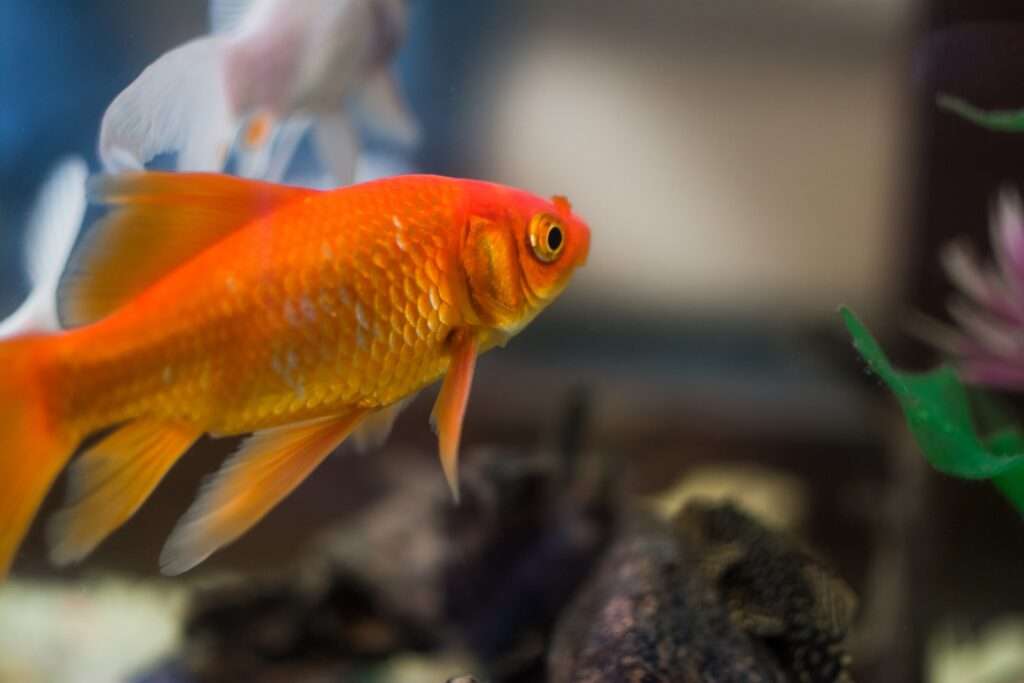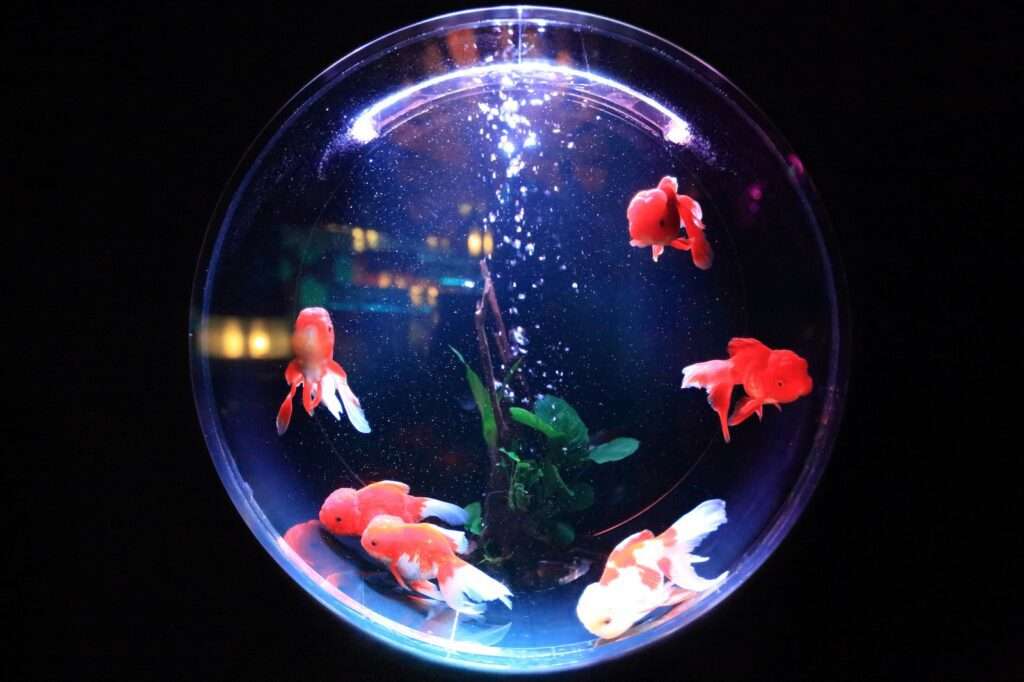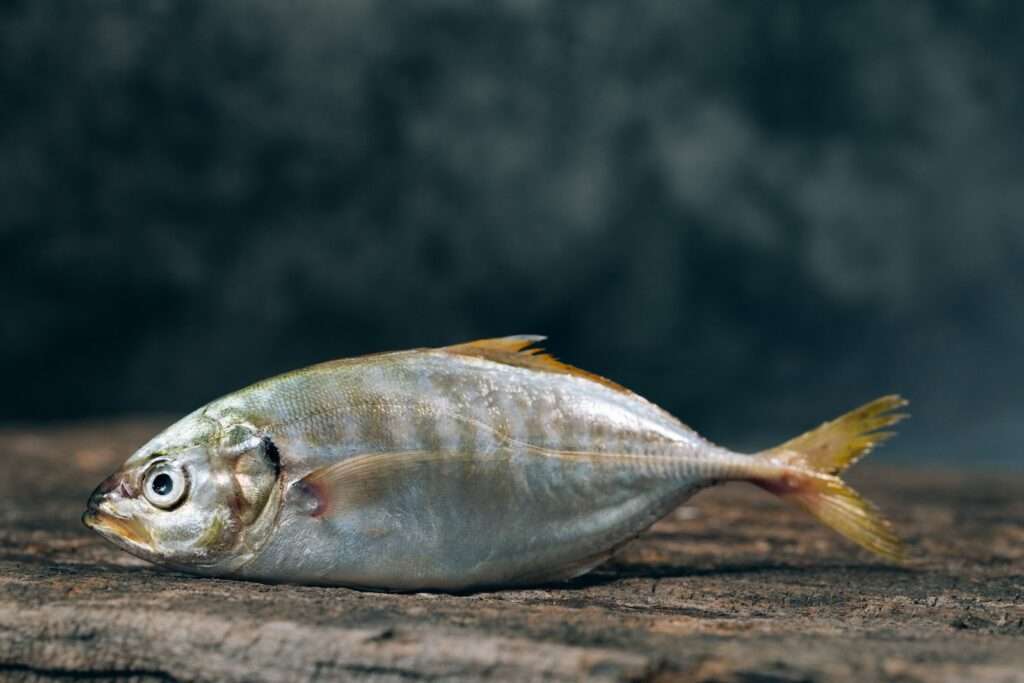Fish behavior is a complex and intriguing subject that every aquarium enthusiast should understand. One crucial aspect of fish behavior is their response to tank hiding spots. Providing suitable hiding spots for fish is not only aesthetically pleasing but also essential for their overall health and happiness.
Firstly, it is important to understand the significance of hiding spots for fish. Fish have natural instincts that drive their behavior, and understanding these instincts is crucial for their well-being. Hiding spots serve as a sanctuary for fish, providing them with a sense of security and reducing stress levels. In the wild, fish seek out hiding spots to protect themselves from predators and to rest. By providing suitable hiding spots in aquariums, we are replicating this natural behavior and promoting their overall well-being.
Hiding spots also play a vital role in promoting natural behavior among fish. They mimic the natural environment where fish feel safe and comfortable. Certain fish species require territories, and hiding spots serve as these territories. By providing hiding spots, we are allowing fish to establish their own space and minimize aggression among tank mates.
The impact of hiding spots on fish response is significant. Firstly, hiding spots reduce stress levels in fish. When fish feel threatened or overwhelmed, they retreat to their hiding spots, which helps them feel safe and secure. This can result in healthier and more active fish.
Furthermore, hiding spots enhance the confidence and security of fish. When fish have access to hiding spots, they are more likely to explore their environment and swim freely in open spaces. This promotes their overall well-being and reduces the risk of developing stress-related illnesses.
Hiding spots also encourage natural foraging behavior among fish. Many fish species are natural foragers, and by providing hiding spots, we are creating opportunities for them to search for food and engage in their natural behavior. This promotes mental stimulation and keeps them active and healthy.
When choosing hiding spots for your fish, there are a few factors to consider. Firstly, the size and quantity of hiding spots should be appropriate for the fish in your aquarium. As a general guideline, provide at least one hiding spot per fish and ensure they are evenly distributed throughout the tank. This allows every fish to claim its own territory and reduces competition for shelter.
Compatibility with tank mates is another important factor to consider when choosing hiding spots. Different fish species have different preferences, and it is crucial to provide hiding spots that suit the needs of all the fish in your aquarium. This reduces aggression and promotes a harmonious environment.
Lastly, choose natural-looking décor for your hiding spots. Rocks, caves, and driftwood are popular choices that mimic natural environments and provide suitable hiding spots for fish. Avoid sharp edges or decorations that could harm your fish.
In conclusion, understanding fish behavior and their response to tank hiding spots is crucial for maintaining their overall well-being in aquariums. By providing suitable hiding spots, we can reduce stress levels, enhance their confidence, and encourage natural behavior. Remember, a happy and healthy fish is a result of a well-designed and thoughtfully maintained aquarium.


